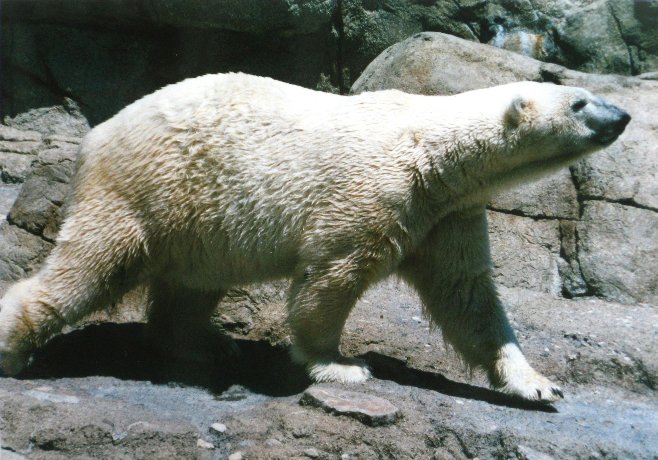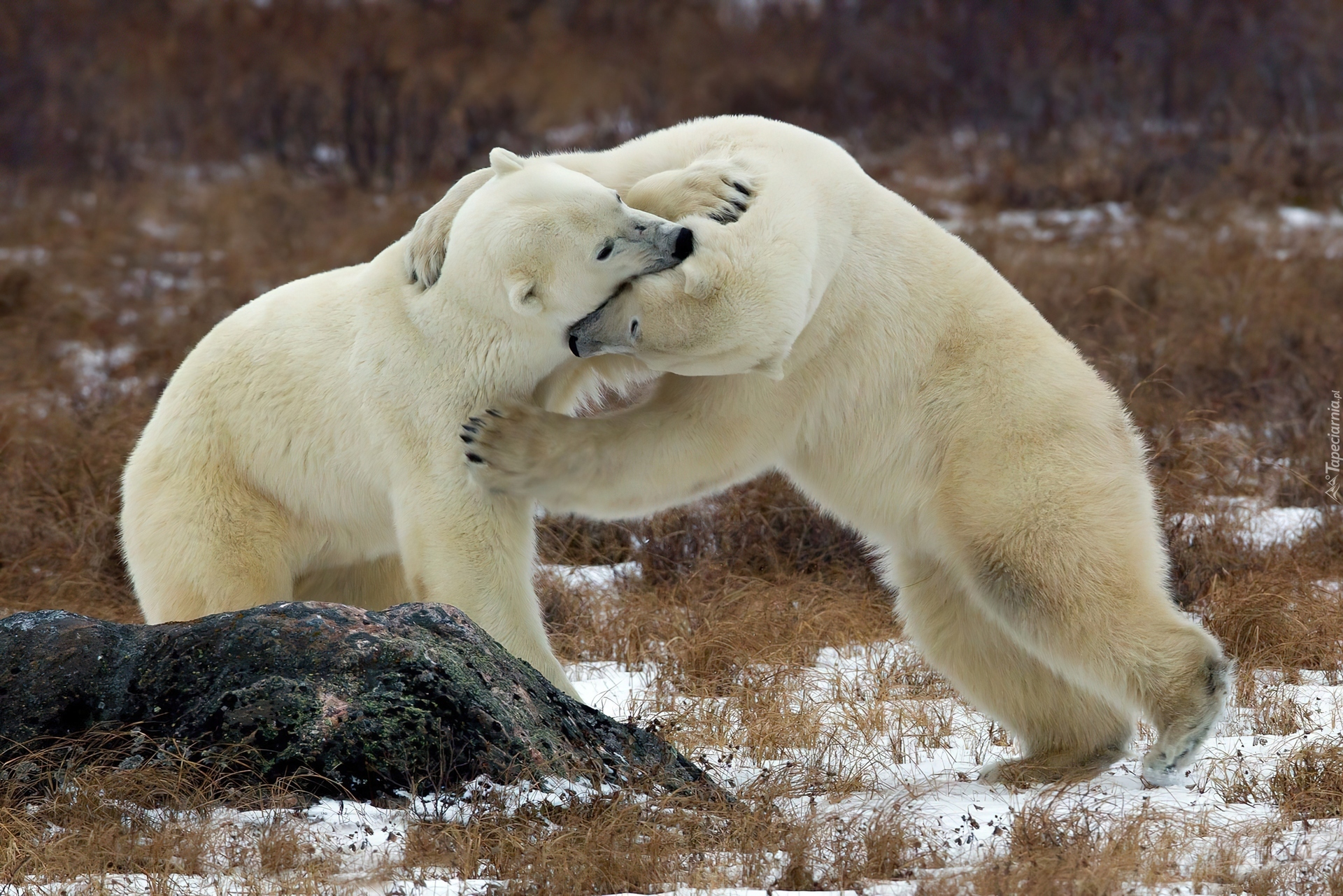


Polar Bears have been known for killing Beluga Whales but Killer Whales are almost twice the average size of Beluga whales so there is no chance for a Polar Bear to kill a Killer Whale.This is suggesting that polar bears will no more the top predators of the north. Recent news suggests that Polar Bears have been scavenging on Bowhead Whales killed by Killer Whales in the north.Since both polar bears and killer whales hunt seals so interaction between these top predators is inevitable shortly.It is just a matter of time before the killer whales might become the top predators of the north. But now due to global warming, the ice in the arctic regions is receding at 13.3 percent per decadeand killer whales are frequently visiting the north in search of prey.So there was very little chance of killer whales crossing a polar bear. Before the global warming phenomenon, the arctic region was covered with ice for most of the year and killer whales rarely visited the arctic in search of food.Killer whales do not eat polar bears and so they do not go out looking for them and killing them.The answer is “No” if the question “ Do killer whales eat polar bears” is asked in the sense that whether polar bears are part of the killer whale diet or not.We have properly researched this topic and found some really interesting information that we would like to share with you. So the question here arises Do Killer Whales Eat Polar Bearsand has there been any recorded evidence where killer whales might have eaten a polar bear. So you might wonder if these top predators come across each other, Killer Whale being large might kill the polar bear and eat it. Both the polar bear and the killer whales hunt seals in the arctic, so there is a chance that they might face each other while hunting for the same prey.

Killer whales unlike polar bears are found in both the arctic and the antarctic region. Killer whale’s diet includes a wide range of marine animals like seals, sea lions, whales, fish, squid, and seabirds. They are also known as one of the top predators of the sea just like wolves on the land. We mustn’t let them down.The Killer Whale is also known as Orca is the largest member of the dolphin family. There are around 22,000 polar bears left in the wild, but man-made climate change and global warming are making life tough for these impressive, powerful predators-so saving the polar bears could be in our hands. Polar bears are not classified as endangered at present, but that doesn’t mean their populations aren’t vulnerable. Their thick white coat and a layer of fat keep them warm and camouflaged in their harsh Arctic environment. They mainly eat seals – using their remarkable sense of smell they can detect a seal in the water beneath a metre of compacted snow, and from almost a kilometre away.Īdults are strong swimmers – they can swim for several hours to get from one piece of ice to another. Polar bears generally live and hunt alone, though they can be quite social too. So they’re at particular risk from global warming, which is melting the Arctic sea ice they depend on. Polar bears are the planet’s biggest land-based carnivores – although they actually spend most of their lives around water and ice (their Latin name means ‘sea bear’).


 0 kommentar(er)
0 kommentar(er)
